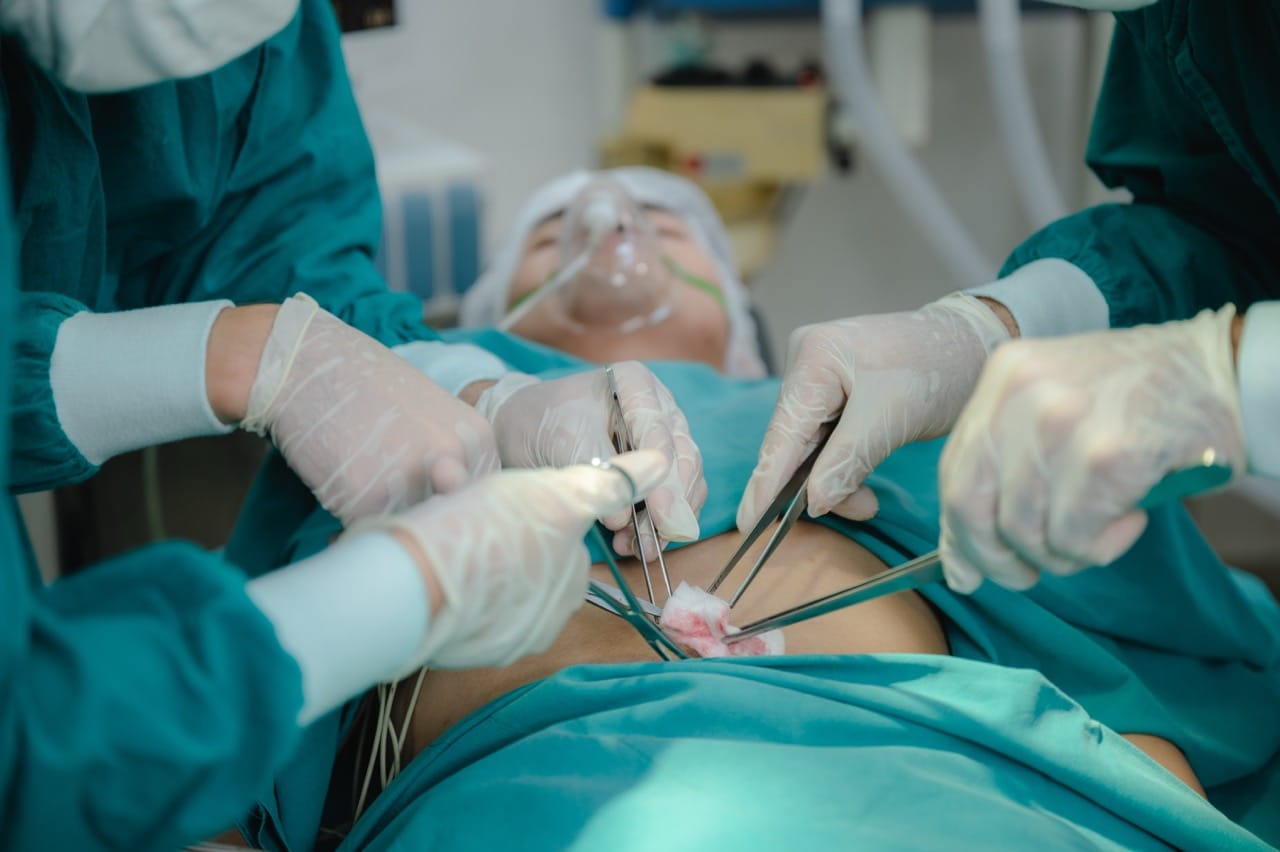Umbilical Hernia Treatment
General Surgery
/
Prof. Dr. Gokhan CIPE
What is the Treatment for Umbilical Hernia?
Umbilical hernia is a part of the intestine coming out of the umbilical opening in the abdominal muscles and is generally harmless. It is most commonly seen in infants. During the development of the baby in the womb, the cord that connects the mother to the baby is connected through a small opening in the baby’s abdominal wall.
This opening should close itself shortly after birth. If not, the fatty tissue or part of the intestine leaves this opening and causes umbilical hernia. When the baby cries, it can be understood by protruding out of the navel…

How is it diagnosed and treated?
Umbilical hernia is a part of the intestine coming out of the umbilical opening in the abdominal muscles and is generally harmless. It is most commonly seen in infants. During the development of the baby in the womb, the cord that connects the mother to the baby is connected through a small opening in the baby’s abdominal wall. This opening should close itself shortly after birth.
If not, the fatty tissue or part of the intestine leaves this opening and causes umbilical hernia. When the baby cries, it can be understood by protruding out of the navel. It usually recovers spontaneously until 1 or 2 years of age, but in some cases it may take longer to recover.
In adults, excessive pressure in the abdominal wall or a portion of the fatty tissue or intestine from the region where the abdominal muscles are weak causes hernia. The main causes are obesity, pushing and lifting heavy items, previous operations, and hernia history of the patient and her family.
Physical examination may reveal the presence of umbilical hernia. In some cases, imaging devices (such as ultrasound, CT) can be used to identify complications. Infants are expected to disappear spontaneously until the age of 4 years.
Surgical methods may be needed for the treatment of umbilical hernia occurring in children over the age of 4 or in adulthood. During surgery, a small incision in the umbilical pit is made and the hernia is returned to the abdominal cavity and the opening in the abdominal wall is closed by suturing.
Treatment Methods
Robotic Surgery (Robot-assisted Minimally Invasive Surgery):
A few steps away from the patient in the robotic surgery, the surgeon performs a 3D high-resolution image-guided surgery provided by the robot’s special camera. The operation is performed through several small incisions in the patient. The small incision facilitates the healing process of the patient. All hand movements of the surgeon on the console are instantly transmitted to the operation area more precisely and sharply. The small size of the incisions allows the patient to recover more easily after the surgery and to perform daily activities faster.
Open Surgery
In this procedure, which can be performed under local or general anesthesia, the surgeon makes an incision in the groin of the patient and pushes the removed tissue back into the abdomen. Then suture the weakened area and the operation is closed by closing the opening. The size of the incision slows down the patient’s recovery.
Laparoscopic Surgery (Minimally Invasive Surgery):
Laparoscopic hernia treatment operations are performed through several small incisions in the abdominal region of the patient. In order to provide a wider area throughout the operation, the patient’s abdomen is inflated with gas. A small camera is placed in one of the incisions, allowing the surgeon to see the area. Laparoscopic surgery is a minimally invasive procedure. At the end of the operation, patients may return to normal activities more quickly.
Colorectal Diseases
Robotic Surgery
General Surgery
